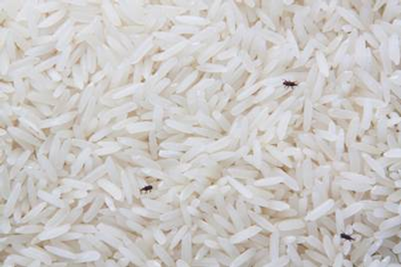Introduction
Per- and Polyfluoroalkyl substances (PFAS) are often called ‘forever chemicals’ because they stay in the environment for a long time and break down very slowly. Due to their excellent waterproof, non-stick and stain-resistant properties, these substances are commonly used in industrial and consumer products, like non-stick cookware, waterproof fabric, and firefighting foam. Despite these useful properties, scientists have found that PFAS may be linked to potential health issues.
How PFAS enters the Food Chain
PFAS may be released directly into the air or water from factories or when products containing PFAS are improperly disposed. When PFAS are in the soil or water, they can be taken up by crops, and build up in animals, like fish and shellfish. Consuming these can potentially expose us to PFAS.
Public Health Concerns with PFAS
Scientific studies have shown that long term exposure to high levels of PFAS may be associated with increased infertility, some cancers, compromised immune responses, as well as adverse effects on developmental and hormone systems. However, further studies are still needed to have a better understanding and evaluation of the impact of PFAS on public health.
SFA’s Efforts in Ensuring Food Safety
Through our scientific studies and surveillance, SFA has detected low levels of PFAS in seafoods such as anchovies, mussels, finfishes, and crustaceans. Currently, the PFAS levels detected by SFA were low compared to other countries and are unlikely to pose a safety concern. Nevertheless, SFA will continue to monitor international developments on PFAS standards and guidelines and review our food safety measures where necessary.
In 2023, SFA proposed to the Codex Alimentarius Commission, the WTO-recognised food standards setting body, to prioritise the evaluation of PFAS by the Joint FAO/WHO Expert Committee on Food Additives (JECFA). This scientific evaluation is critical to establishing international standards on the safety limits for PFAS.
What can consumers do to reduce risk of PFAS exposure?
While SFA has safeguards in place, food safety is a joint responsibility and consumers can play their part to ensure food safety. Some tips include:
About the author
Dr Wesley Zongrong Yu is a Covering Specialist Team Lead from the Food Science Rapid Response Department of the National Centre for Food Science. He has a PhD in Chemistry from the National University of Singapore and is currently responsible for matters related to organic contaminants in food, including new and emerging contaminants that pose potential risk to human health.



